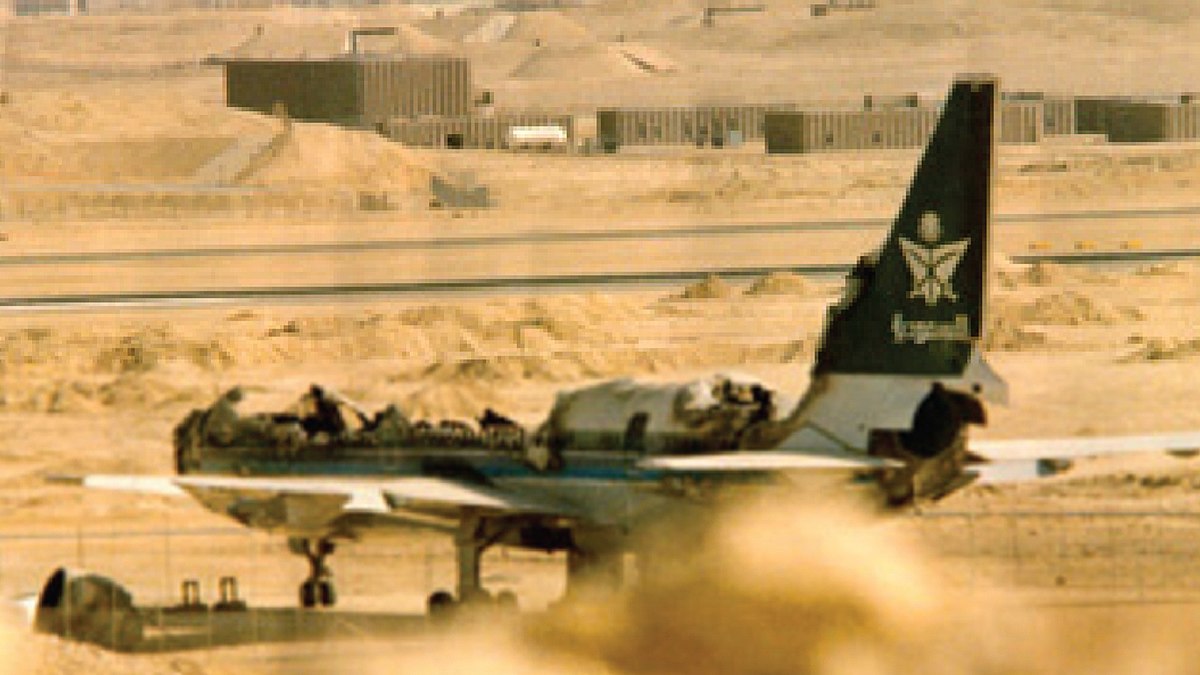Yes, nd what led to that error? Was it honestly just the error or deliberate wrong choice of an individual, or as suggested by the research and nicely summarised by
@Quickstatus, what contributed to that error? Was it an impractical procedure leading to “everyone” taking short cut? Was it a particular view in some individuals/workteams that the rules did not apply to them, and why did they think that? Was it the case that everyone was doing it (whatever that was), so they thought it was OK? Did someone not understand something, but did not own that? Was it competing pressures meaning that in complying with one rule of procedure, the person necessarily defaulted on another? So many potential reasons for that point of human error.
edit: typos

















